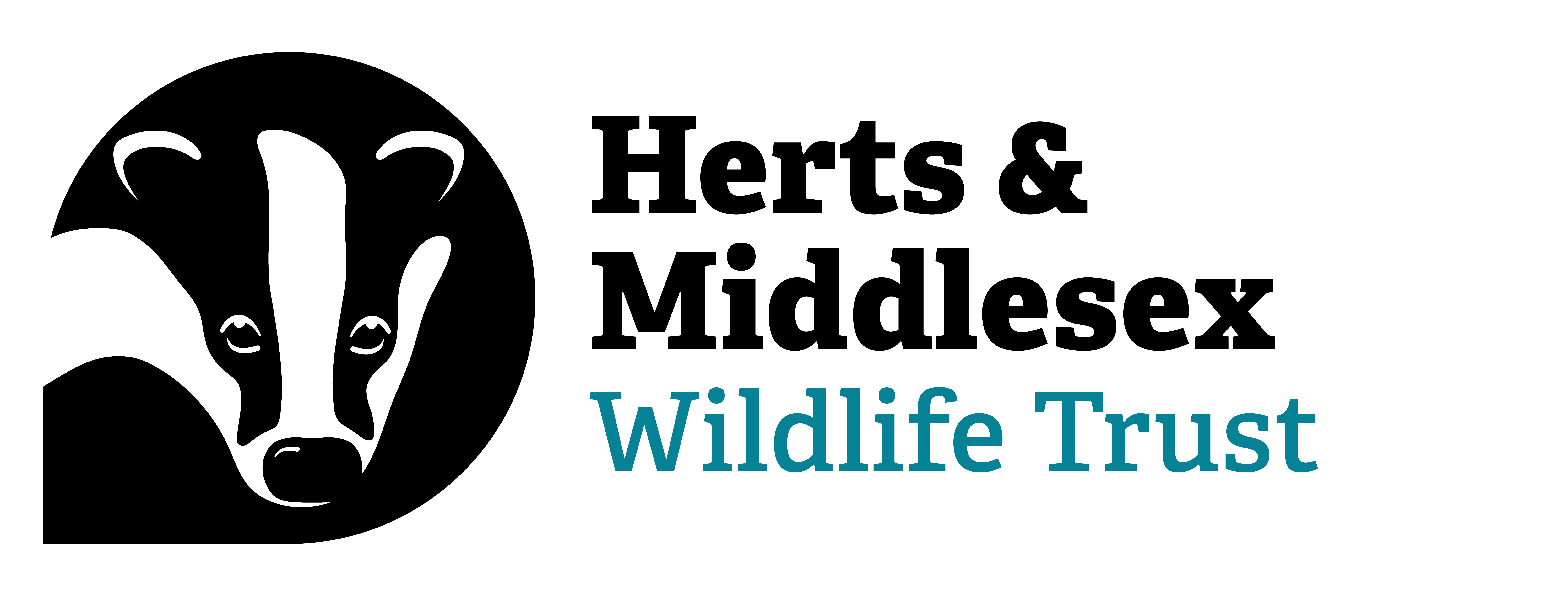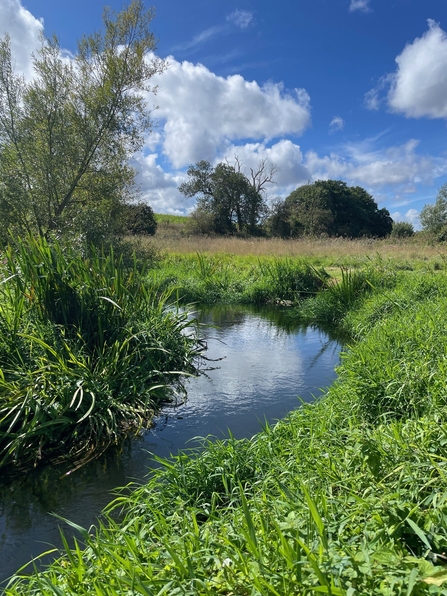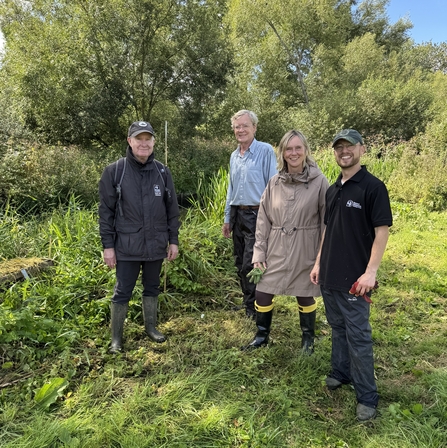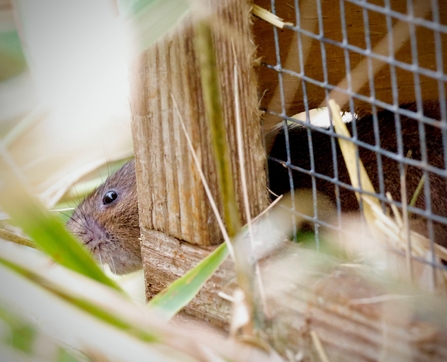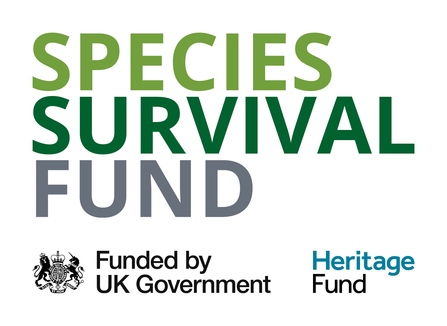On 4 September, Herts and Middlesex Wildlife Trust, reintroduced 100 Water Voles to a stretch of the Upper River Lea, near Wheathampstead, in collaboration with the Ayot Estate and Verulam Angling Club, and supported by volunteers. It marks the species' return to the river after more than 20 years.
The project is part of a wider effort to reverse the dramatic decline of Water Voles in the UK—currently the country’s fastest-declining mammal, but a vital ecosystem engineer for our waterways. Once common across Hertfordshire, populations have dropped nationally by 90% since the 1960s due to habitat loss and predation by invasive American Mink.
This reintroduction project has been funded as part of the Projects for Nature Platform and the Government’s Species Survival Fund.
